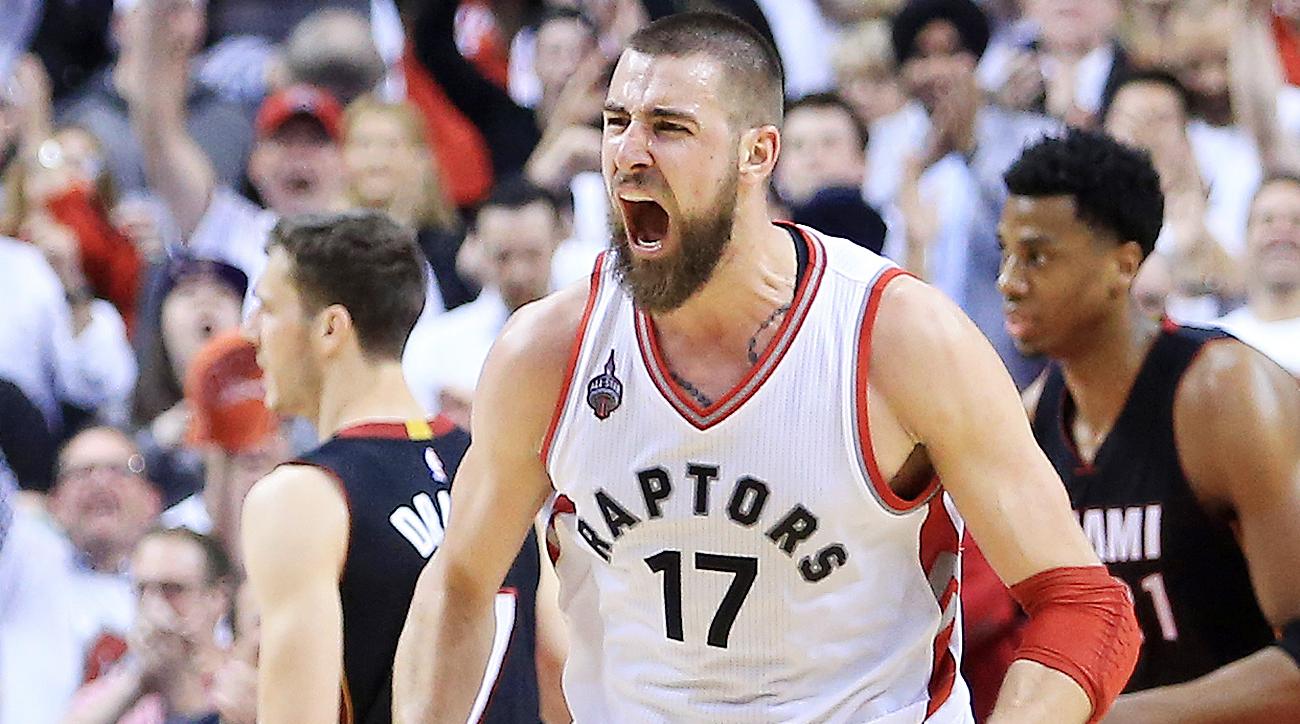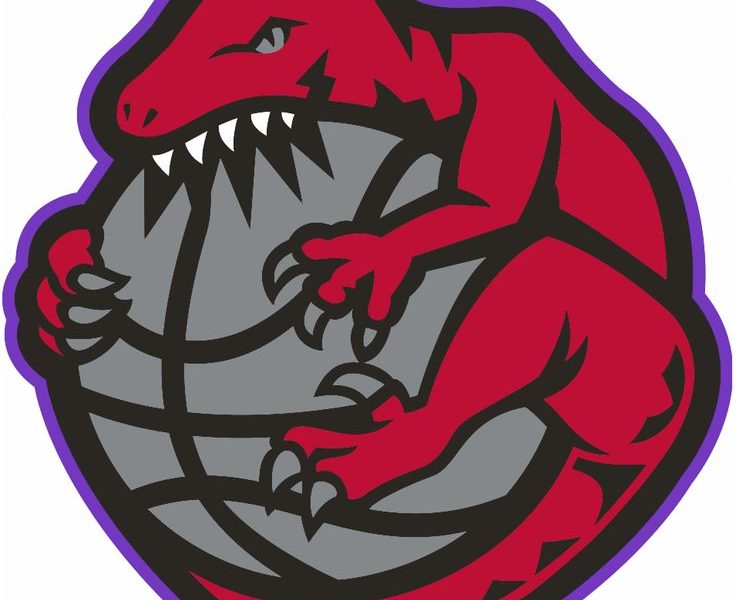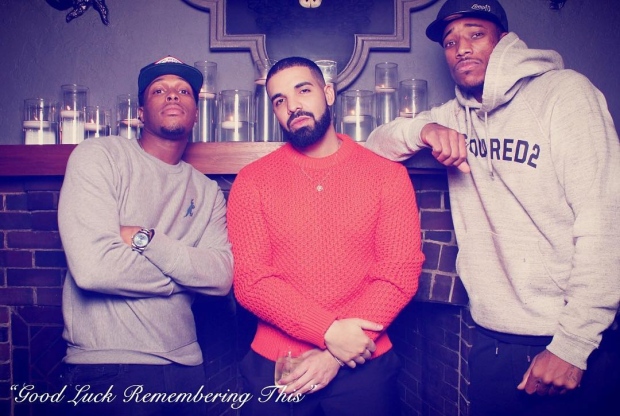Last night in San Antonio, the Toronto Raptors dropped their first game of the season after blowing out both the Chicago Bulls and Philadelphia 76ers to open the season. With Jonas Valanciunas sitting, the Raptors got beat up inside, losing the rebounding battle by a massive margin and, despite forcing 20 Spurs turnovers to just 14 for the visiting squad, giving up 10 more field goals than they attempted themselves.
Maybe that’s it – maybe it’s as simple as without Valanciunas the Raptors didn’t have the size to match up with a big San Antonio team and that’s why a Raptors team that had out-rebounded it’s first two opponents ran into a big, strong, deep team that punished them inside.
The data just doesn’t seem to agree with this premise though, and suggests that maybe this trend existed prior to last night’s game and was hidden by the fact that the Raptors outclassed the Bulls and 76ers. Through the first two games, the Raptors grabbed 61.3% of all available rebounds when Valanciunas wasn’t on the floor, to just 49.4% when he was out there. But in those two games, the Raptors won the battle on the boards overall, first 54-47 versus the Bulls, then 59-58 against the Sixers. One place where Valanciunas’ absence was clear, though, was on the offensive boards. The Raptors managed just five in their third game, and four of those came from Jakob Poeltl, who was the team’s one effective man on the boards. Valanciunas had been grabbing 20% of available offensive boards through the first two games, and making up for the fact that the team’s guards and wings simply hadn’t been contributing at all in rebounding the Raptors’ missed shots.
The numbers problem runs even deeper, though, with just eight Raptors offensive rebounds so far this season coming from any player aside from the trio of centers for the team, and if you add Pascal Siakam(who has only played 13 minutes, most of which came in garbage time) and rookie OG Anunoby to that group, no other Raptor has an offensive rebounding percentage above Norman Powell’s 1.8%. Particularly worrisome here is Serge Ibaka, who has grabbed just one board on that end so far this year, good for 1.6% of available offensive rebounds, and who’s overall rebounding numbers continue to dip, which has been a worrisome trend throughout the last several years of his career. This year it’s down to just 9.4% of total available rebounds, and while some of that might be accounted for by playing beside Valanciunas, the team still needs some rebounding around him.
In the starting lineup, Ibaka, Norman Powell and Kyle Lowry are all at career low rebound percentages thus far in the season, and DeMar DeRozan’s 6.2% is the lowest he’s had since his third season in the league. It’s only been three games, so if this trend affected just one or two players it could certainly be regarded as a sample size problem, and it still might be, but when it seems to universally effect guards and wings across the team, it becomes a worrisome trend.
Through the first three games of the season, the Raptors have grabbed 26 offensive rebounds, and rank 21st in the league in offensive rebounding. The value of putting an emphasis on these opportunities has been questioned in recent years though, with leaguewide pace going up and more and more teams trying to push pace and score in transition, it can definitely create problems for a team if you send players to the offensive boards and end up giving up numbers on the break if you don’t regain possession.
When you, however, add in the team’s new-found affinity for taking long-range shots, with the second-highest three-point attempt rate in the league through one week at 43.7% of their shots from behind the line, coming in just ahead of the Golden State Warriors, the Raptors have hit just 30.3% of those shots, and only rebounded 8 of their 74 misses(good for 10.8% of missed shots). On the other hand, the Raptors have the 5th best success rate inside the arc in the association, scoring on 55.6% of their two-point attempts. They’ve missed 63 two-point attempts this year, and managed to re-gain possession on 18 of those, for an offensive rebounding rate of 28.5%. This really shouldn’t surprise though, as missed two-point attempts tend to give offensive rebounds closer to the basket, where the Raptors’ big men can grab them, and missed threes are more likely to send out longer offensive rebounds.
The goal coming into this season was to modernize the Raptors’ offense, and they’ve succeeded to some extent. Playing with pace worked in the first two games, and the passing offense certainly has been easy on the eyes. The young guys off the bench continued to be a revelation against San Antonio.
On the other hand, a team’s identity needs to be dictated by it’s personnel more than by the times you play in. If you have the roster of the Golden State Warriors, firing freely from three-point range makes sense, because you can depend on your players being hot more often than not and winning games that way. But when you’re the Raptors, a team not loaded with players known for their long-distance stroke, you might have to find other ways to score if you can’t dependably create second-chance shots off misses.
To the Raptors’ credit, most of their three point attempts thus far this year have been open, but when you’re shooting as poorly as the team is despite that, being wide open might not be enough justification to keep firing away. It is still just three games into the season, but it’s never too early to look for areas to improve.




